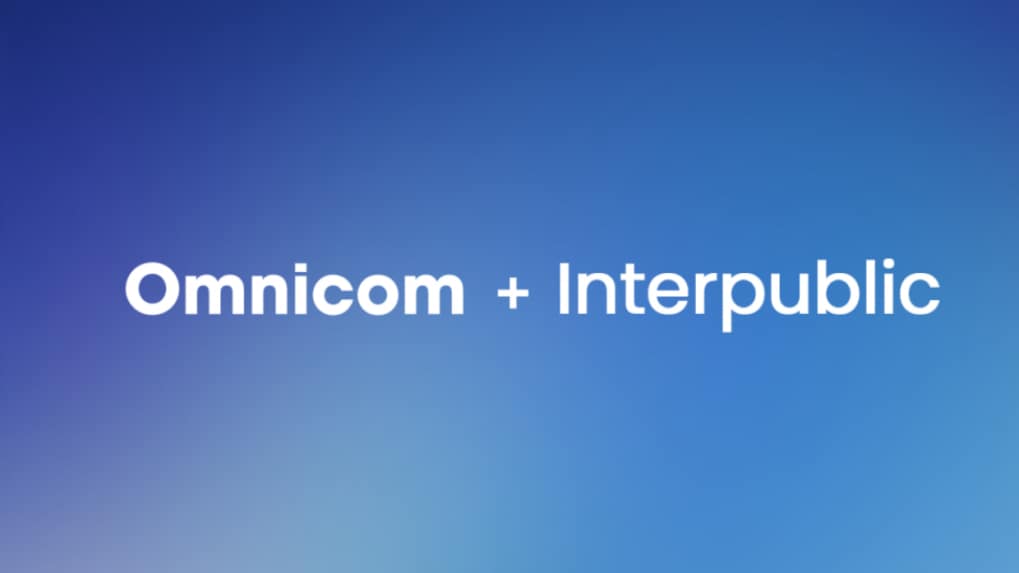Brand Makers
Dil Ka Jod Hai, Tootega Nahin

The world’s most closely watched advertising mega-merger has finally entered its endgame. On November 24, 2025, the European Commission gave an unconditional nod to Omnicom’s $13.5-billion acquisition of Interpublic Group (IPG), ending nearly a year of regulatory scrutiny across global markets. With this approval, the last major obstacle, Omnicom is now poised to close the deal within days, forming the largest advertising holding company on the planet.
It marks not just a corporate milestone, but a structural shift that will redefine how marketing is bought, sold, created and measured for years to come. And for markets like India, where both groups have large footprints, the impact will be immediate, and profound.
A Consolidation Decade Reaches Its Apex
Regulators across the US, UK, India, Australia and now the EU have maintained that the merger will not significantly reduce competition, noting that WPP, Publicis, Havas and Dentsu continue to serve as robust counterweights. But scale is the point and both companies have spent the last 12 months preparing for a world where every duplicated capability must justify its existence.
The merger promises $750 million in annual cost synergies. That number has already been underwritten by some of the most aggressive restructuring the industry has seen in years.
Omnicom trimmed 3,000 roles through 2024; IPG has eliminated over 3,200 jobs just this year and vacated 135,000 sq ft of office space. Together, these cuts are already reshaping agency structures long before the combined entity even launches.
The fallout is visible globally. FutureBrand’s entire executive team exited days before the EU approval. DDB’s global CEO Alex Lubar stepped down amid speculation that Omnicom may phase out or collapse the 76-year-old agency brand, a move that would have been unimaginable a decade ago.
The message is clear: legacy is no longer a trump card.
India: A High-Stakes Market Entering a New Era
India, one of the world’s fastest-growing advertising hubs, will be among the most intensely impacted regions. Both networks have sprawling operations here: IPG through McCann, FCB and MullenLowe; Omnicom through BBDO, DDB, TBWA, Omnicom Media Group and multiple specialist shops. Combined, they will form a powerhouse second to GroupM (WPP Media).
As per experts, in India, WPP’s media arm WPP Media has roughly 40% market share, while IPG Mediabrands has a market share of about 20%. While Publicis Groupe holds the third position, Omnicom Media Group’s market share in India isn't significant enough to overtake GroupM. So, even after the merger, WPP will continue to rule the Indian market and there will be no impact on the pecking order - WPP, Omnicom (with IPG Mediabrands) and Publicis Groupe.
But big muscles come with a big squeeze. Three immediate shifts are likely:
1. Agency consolidation will accelerate.
Back-office and media buying overlaps across OMG and IPG Mediabrands will be the first to be rationalised. Smaller creative and PR networks with minimal differentiation could face mergers or winding down. The possibility of DDB’s consolidation, already a global discussion, will inevitably cast a shadow over the India network.
2. Talent churn will intensify.
The combined group would target eliminating duplication to meet synergy targets. Leadership redundancies are likely in creative, strategy, HR and finance. India’s talent market, already strained by attrition and a shortage of senior creative leaders, will feel this pressure acutely.
3. Clients will renegotiate and possibly switch.
The EU noted that switching agencies remains easy due to low contract lock-ins and bidding-led mandates. Indian advertisers, especially large FMCG, auto, BFSI and tech clients, will likely demand clarity on account teams, data governance and conflicts that may arise from merged portfolios.
This turbulence also creates opportunities.
Independent agencies such as the Dentsu-exodus-founded shops, as well as homegrown players like Enormous, Wondrlab, Kinnect and Talented, will position themselves as stability anchors for brands wary of mega-holding unpredictability.
Why the Merger Matters Beyond Scale
The real battle is not headcount. It is data, technology and end-to-end execution.
Omnicom prides itself on a “neutral, client-first data philosophy,” while IPG brings Acxiom’s deep identity graph and data infrastructure. Combined, they have the potential to rival Publicis’ Epsilon strategy, but also risk internal clashes over ownership models and integration timelines.
In an ecosystem where 61% of global ad spending flows to Google, Meta and Amazon, scale alone does not guarantee differentiation. Advertisers increasingly judge agencies on their ability to:
- ensure transparency in media trading
- provide unified measurement
- manage first-party data safely
- support AI-led creative and optimisation workflows
If the merged Omnicom–IPG cannot harmonise its sprawling data stack quickly, clients may stay unconvinced despite the group’s unprecedented global footprint.
The Road to 2026: Integration, Tension and Reinvention
Omnicom plans to unveil its detailed integration blueprint at CES in January 2026. That roadmap will likely decide:
- which agency brands survive
- how global and regional P&Ls merge
- how data platforms are unified
- how talent is redeployed or let go
- how financial synergies are delivered without client disruption
The stakes are enormous. The merged giant will house iconic shops: McCann, FCB, The Martin Agency, TBWA, BBDO, DDB, Goodby, Mullen, GSD&M, under one umbrella for the first time. Some may thrive; others may be sacrificed to streamline the portfolio.
For the global advertising industry and especially India this merger is not just the birth of a new giant. It is the end of an era where holding companies competed on brand legacy and scale, and the beginning of one where efficiency, data, platform neutrality and AI-led value creation determine who survives the next decade.
From Delhi’s sharp-tongued lyricists to Chennai’s bilingual innovators and North-East India’s experimental beatmakers, Rap 91 LIVE’s lineup was a sonic map of the country’s cultural diversity.
Read MorePiyush Pandey was a force of nature - brute force for his opponents and a natural creative at heart.